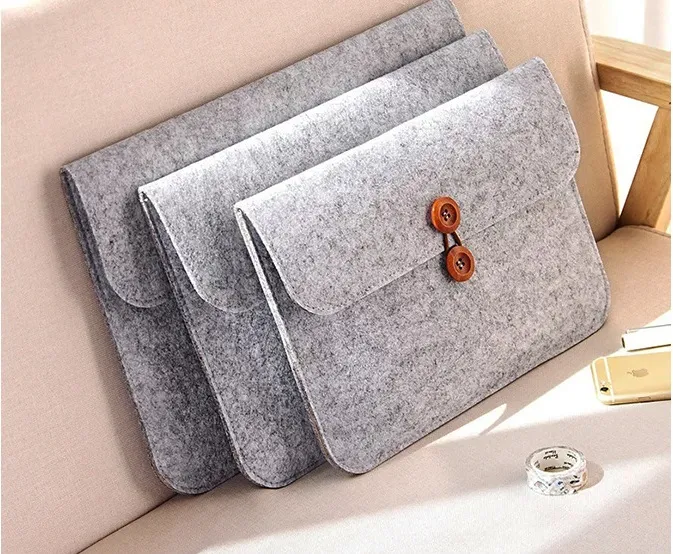Exploring the Techniques and Benefits of Felt Fabric in Craft and Design
Exploring the World of Felt Fabric Construction
Felt fabric, a distinctive textile that boasts a rich history and diverse applications, is a unique material crafted through a process that transforms fibers into a cohesive, dense fabric without the need for weaving or knitting. This article will delve into the intricacies of felt fabric construction, exploring its origins, methods of production, and the variety of uses that this versatile material offers.
The Origins of Felt
The art of felting dates back thousands of years, with archaeological evidence suggesting its use by ancient civilizations in Central Asia, the Middle East, and even pre-Columbian Americas. Traditionally, felt was made from animal fibers, primarily sheep wool, which provided warmth and durability. Nomadic tribes often used felt to create tents, clothing, and various tools, relying on its ability to insulate and shield against harsh weather conditions.
The Process of Felting
The construction of felt fabric involves a fascinating process that transforms loose fibers into a sturdy material. The fundamental principle behind felting is the interlocking of fibers through mechanical agitation, moisture, and heat.
1. Fiber Selection The process begins with selecting the appropriate fibers. Wool is by far the most common choice due to its natural crimp, which allows for better interlocking. Other animal fibers, such as alpaca and llama, and synthetic fibers can also be used, but wool remains the gold standard.
2. Preparation Once the fibers are selected, they are cleaned to remove any oils or impurities. This ensures that the fibers can more easily interlock during the felting process.
3. Carding The next step involves carding, where the fibers are disentangled and aligned into a uniform sheet. This is usually accomplished using a machine or hand carders that work to separate and fluff the fibers.
4. Layering After carding, the fibers are layered in sheets. The orientation of the fibers in each layer is typically adjusted to enhance the strength and stability of the final felt.
5. Wet Felting In this process, the layered fibers are moistened with water and a soap solution. This creates a conducive environment for the fibers to interlock. The wet fibers are then agitated, either by hand or through mechanical means, causing the scales on the wool fibers to open and tangle together.
felt fabric construction

6. Drying and Finishing Once the desired thickness and density are achieved, the felt is rinsed to remove soap, then pressed and dried. Further finishing processes, such as trimming and dyeing, can be applied to achieve the desired appearance and feel.
Varieties of Felt
Felt fabric is incredibly versatile, and its construction can yield various types of felt
. The two main categories are1. Wet Felt As described above, this method yields a denser and firmer fabric. It is often used in crafts, clothing, and home decor items due to its durability.
2. Needle Felt This technique employs barbed needles to entangle and compress loose fibers without moisture. Needle felting allows for creating intricate designs and shapes, making it popular in toy production and decorative arts.
Each variety of felt possesses unique properties tailored for specific applications, from artisan crafts to industrial uses.
Applications of Felt Fabric
Felt fabric has found its place in numerous industries and applications
- Craft and Fashion Felt is a favorite among crafters and designers for making bags, hats, and plush toys. - Interior Design Felt is used in upholstery, flooring, and acoustic panels, thanks to its sound-absorbing properties. - Automotive and Industrial Felt is utilized in vehicle soundproofing, insulation, and gaskets due to its durability and thermal resistance.
Conclusion
Felt fabric construction is an age-old tradition that continues to evolve, offering endless possibilities across various fields. From its humble origins to its modern applications, felt remains a testament to human ingenuity and creativity. With ongoing innovation in production techniques and uses, the future of felt is bright, promising a rich tapestry of applications that blend function with artistry. Whether in the home, fashion, or industry, felt fabric is sure to remain a beloved and essential material for years to come.
-
What Makes Felt a Great Choice?NewsNov.19,2024
-
Total Mixed Ration (TMR) Feed for CattleNewsNov.19,2024
-
The Ultimate Guide for Felt Polishing WheelsNewsNov.19,2024
-
Industrial Felt for Various ApplicationsNewsNov.19,2024
-
Felt Makeup Bags and Inserts BagsNewsNov.19,2024
-
Choosing the Right Hotel TowelsNewsNov.19,2024
-
Your Go-To Guide For Affordable Wholesale Wool FeltsNewsOct.31,2024







